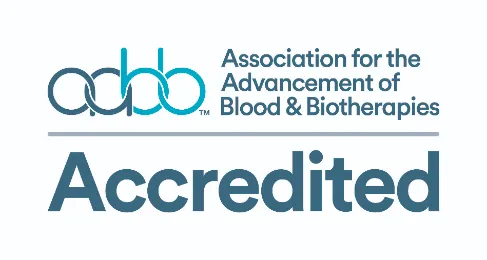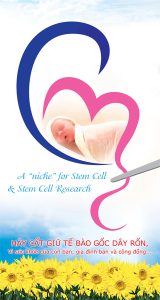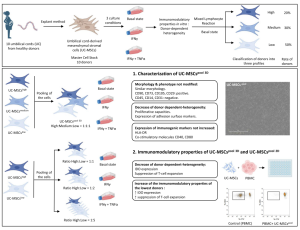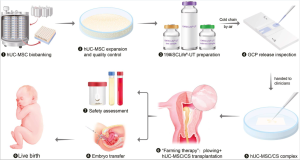Eye drops derived from corneal epithelial stem cells used to treat condition
Science Daily, September 29, 2021
Several studies conducted over the last decade have concluded that dry eye disease (DED) affects up to 50% of the U.S. population, creating a liability for the nation’s health care system that is estimated to exceed $50 billion annually. And though females and patients living with autoimmune disorders show a propensity for developing DED, the condition appears in all ethnicities and population demographics as people age.
Many treatments for DED are currently available, including ocular lubricants, topical antibiotics, topical corticosteroids, scleral contact lenses that are designed to sharpen vision and provide comfort for dry eyes, and many others. Despite this menu of DED treatments options, Hironmoy Das, Ph.D., a professor of pharmaceutical sciences at the Texas Tech University Health Sciences Center (TTUHSC) Jerry H. Hodge School of Pharmacy, said clinicians and researchers have continued to see a need to develop safer and more effective treatment options.
With that in mind, Das developed a technology derived from corneal epithelial stem cells to improve outcomes for DED patients. Corneal epithelial stem cells are located and obtained soley from the limbus, which is the area of the eye where the cornea and conjunctiva intersect. The results of their clinical trial, “Corneal Epithelial Stem Cell Supernatant in the Treatment of Severe Dry Eye Disease: A Pilot Study,” were published July 16 in The Journal of Clinical Ophthalmology.
The research team also included Sloan W. Rush, M.D., from the Panhandle Eye Group in Amarillo, Texas, who led the clinical trial, and Jennifer Chain, Ph.D., from the Oklahoma Blood Institute in Oklahoma City.
Other than a few treatments that necessitate the use of invasive surgery or employ biologic material that is not specifically intended for the ocular surface, there currently are no studies in which a safe and impactful therapeutic biologic agent for DED is reported. Das said that makes his team’s clinical study unique because it explores for the first time a novel, patient-delivered topical application derived from expanded human corneal epithelial stem cells for treating severe DED in humans. Normally, stem cells are injected into a patient, but in this case, rather than injecting the stem cells, Das’ team made a product from the stem cells that is applied like eye drops.
“It is very exciting because this is the first time my research has led to a clinical trial,” Das said. “Laboratory investigators cannot perform clinical trials, so we depend on clinicians like Dr. Rush.”
Because there were no Good Manufacturing Practice (GMP) facilities available in the Amarillo, Texas area at the time the study began, Das and Rush collaborated with the Oklahoma Blood Institute. GMP facilities adhere to a specific and detailed system of regulations from the U.S. Food and Drug Administration (FDA) designed to ensure products are manufactured consistently and meet rigorous quality control standards.
As a GMP facility, the Oklahoma Blood Institute can isolate and expand human cells such as stem cells that can then be transplanted into humans, or in this case, used to derive a topically applied medicine. The corneal epithelial stem cells used in the medicine were obtained from donor tissues from an eye bank.
For the clinical trial, Rush identified 17 patients suffering from severe DED, as determined by a score ?14 on the Standardized Patient Evaluation of Eye Dryness (SPEED™) questionnaire and a score ?40 on the Ocular Surface Disease Index (OSDI©). All patients in the clinical trial also had documented attempts to treat their DED using at least six, and as many as 14 different conventional dry eye therapies.
“Nothing was helping them; they were in a very severe condition,” Das said. “Some of them could only go outside in the dark because their inflammation was so bad that sunlight would burn their eyes.”
During the clinical trial, each patient self-administered the Das team’s topical corneal epithelial stem cell-derived product four times a day in both eyes for 12 weeks. At that time, patient-reported outcome measures were determined primarily via the SPEED™ questionnaire, the OSDI© score and a visual analog score produced by using the University of North Carolina Dry Eye Management Scale©.
When compared to each patient’s baseline scores, the 12-week results showed SPEED™ questionnaire scores improved by an average of 4.7 points, or 23% and OSDI© scores improved by an average of 10.9 points, or 17.1%. In addition the visual analog scores improved by an average of 1.1 points (14%).
None of the clinical trial patients reported any adverse reactions or significant side effects, and though not allowed until the FDA approves the product, all asked to resume its use when the 12-week trial ended.
Das said the success of the product in the clinical trial is likely because the product does two things simultaneously: it regenerates damaged tissue in the eye and reduces inflammation.
“Most dry eye disease patients will benefit,” Das stressed. “Current dry eye drugs do not regenerate any of the eye tissues, which are getting damaged. Stem cells have the power to regenerate the tissues, and they also can reduce the inflammation, which is often the source of eye pain.”
Das said the university has filed for patents in the U.S. and Europe, and the eye drops are now undergoing third-party validation in a double-blinded study to move the product closer to market.
Reference:
Sloan W Rush, Jennifer Chain, Hiranmoy Das. Corneal Epithelial Stem Cell Supernatant in the Treatment of Severe Dry Eye Disease: A Pilot Study. Clinical Ophthalmology, 2021; Volume 15: 3097 DOI: 10.2147/opth.s322079
Source: Texas Tech University Health Sciences Center









